Albinism
Introduction:
Albinism is a genetic condition characterized by a lack of melanin, the pigment that gives color to the skin, hair, and eyes in humans. People with albinism have a reduced or complete absence of melanin production in their bodies, which results in various degrees of light-colored skin, hair, and eyes. There are several types of albinism, but the most common form is oculocutaneous albinism (OCA).
Albinism can also occur in animals. Just like in humans, albinism in animals is characterized by a lack of melanin production, resulting in a lack of pigmentation in their skin, fur, feathers, or other body parts. This genetic condition can affect a wide variety of animal species, including mammals, birds, reptiles, amphibians, and fish.
Appearance:
Animals with albinism often have white or very pale-colored skin, fur, feathers, scales, or other external body parts. Their eyes may appear pink or red due to the lack of pigmentation in the irises. In some cases, they may have light-colored or translucent claws, beaks, or horns.
Sensitivity to Light:
Just like in humans, animals with albinism are usually more sensitive to light and may be more prone to sunburn and related health issues. They may also have vision problems, which can impact their ability to hunt, forage, or navigate their environment.
Health Implications:
The lack of melanin can lead to various health concerns in animals, such as an increased risk of skin cancer and reduced protection against harmful UV radiation.
Survival Challenges:
Animals with albinism may face survival challenges in the wild, as their lack of camouflage can make them more visible to predators, and their impaired vision may affect their ability to hunt or avoid danger.
Genetic Basis:
Albinism in animals, like in humans, is primarily caused by genetic mutations that affect melanin production. These mutations can be inherited from one or both parents, depending on the species.
Conservation:
In some cases, animals with albinism are rare and can attract attention from humans. This can lead to conservation efforts to protect and study them. However, in the wild, they may also be vulnerable due to their reduced ability to blend in with their surroundings.
Albinism in different animal kingdom:
Albinism can occur in various animal species across the animal kingdom. Here are some examples of albinism in different groups of animals:
Mammals:
White Tigers:
White tigers are perhaps one of the most famous examples of albinism in mammals. They have white fur with blue eyes and black stripes, but their condition is a result of a genetic mutation rather than pure albinism.
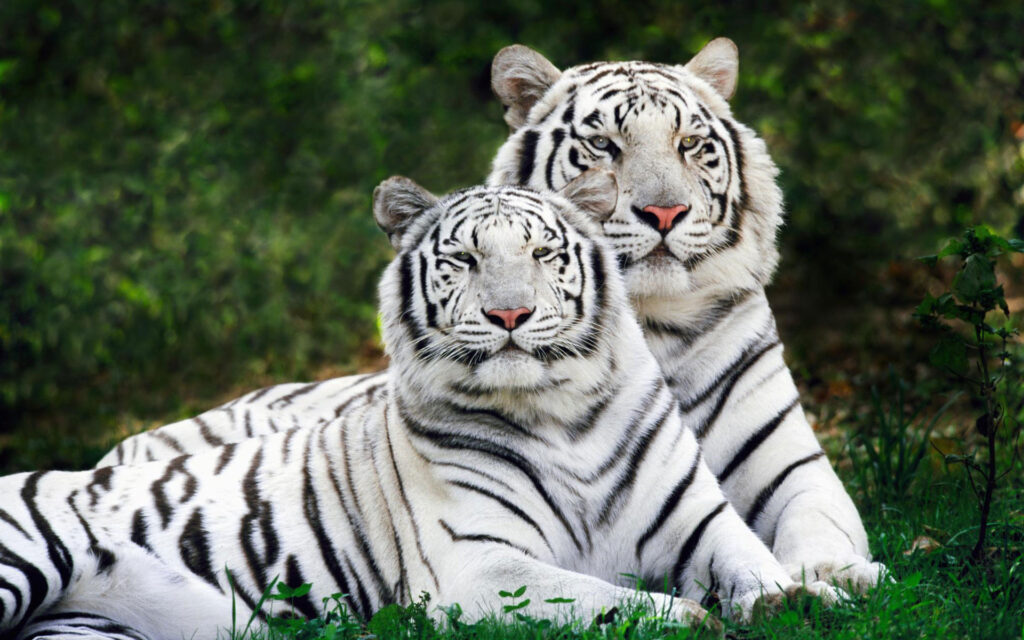
Albino Squirrels:
Albino squirrels have white fur and pink eyes. They are rare and can be found in various squirrel species.

Birds:
Albino Peacock:
Albino peacocks lack the typical vibrant colors of their feathers and have all-white plumage. Their eyes may appear pink or red.
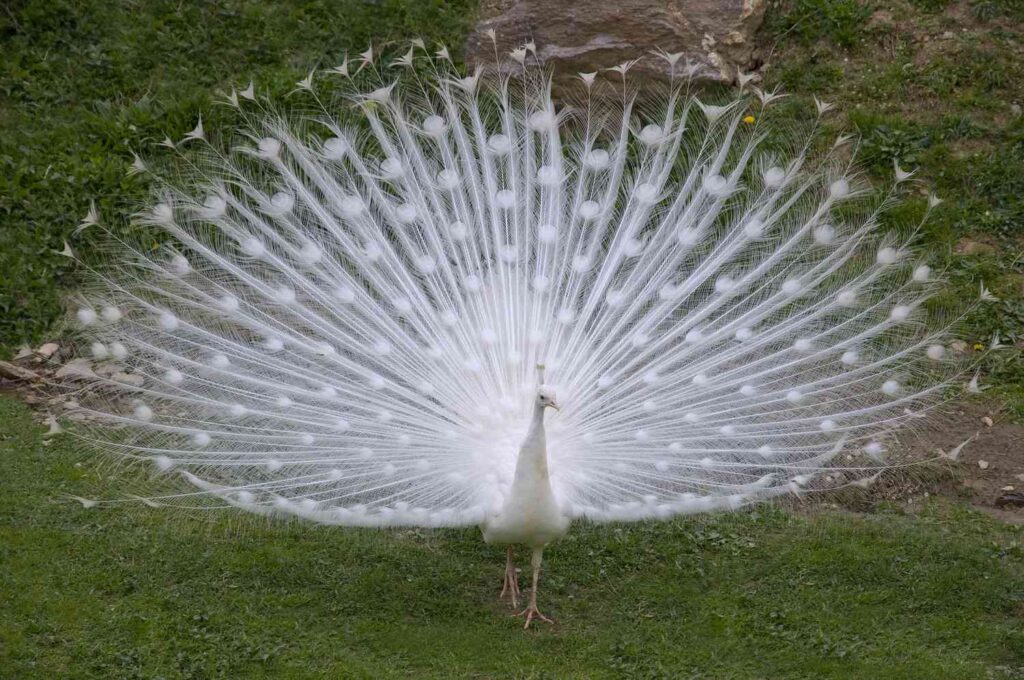
Bald Eagles:
Although not true albinism, some bald eagles have leucism, a condition similar to albinism where they have reduced pigmentation. These eagles may have mostly white feathers.

Reptiles:
Albino Snakes:
Albino snakes, such as albino Burmese pythons, have white or pale yellow scales and pink or red eyes. They are popular in the pet trade.

Albino Turtles:
Albino turtles, like albino red-eared sliders, have pale shells and pinkish skin. They are also found in the pet trade.
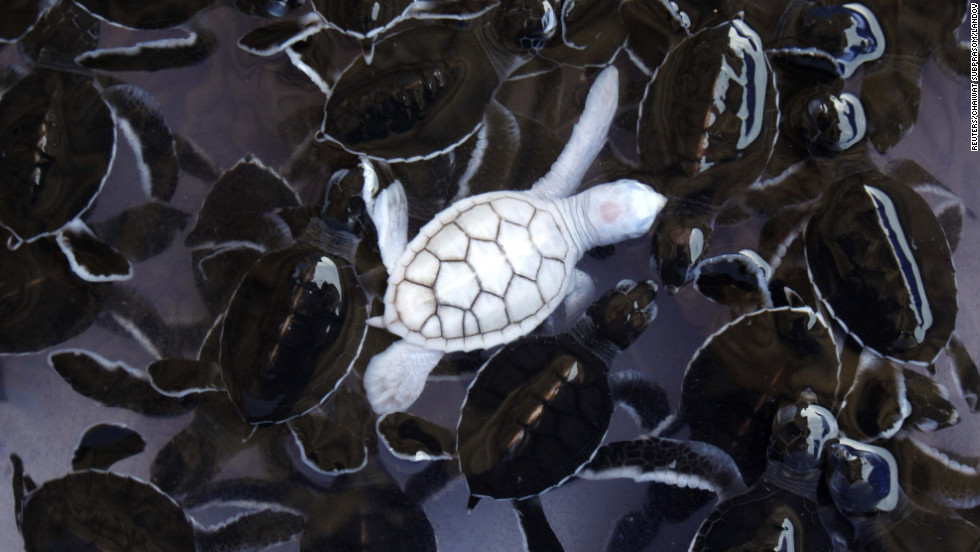
Amphibians:
Albino Frogs:
Albino frogs lack the typical green or brown pigmentation and have pale, translucent skin. They may also have pink eyes.
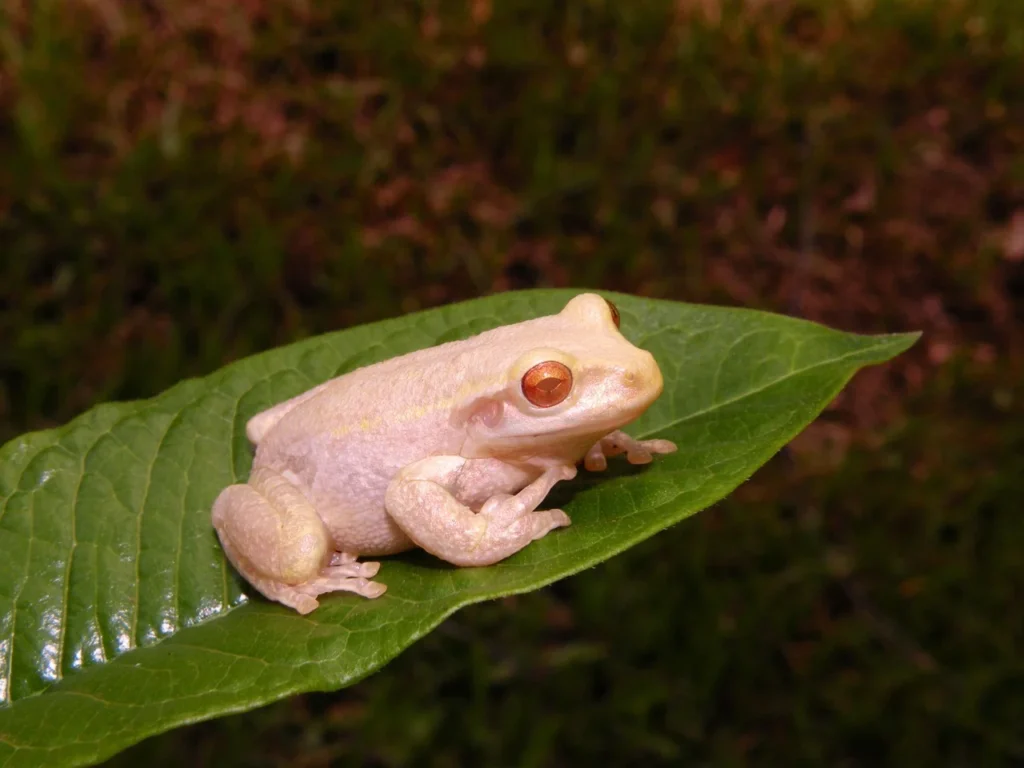
Albino Axolotls:
Axolotls are a type of salamander, and albino axolotls have white or pinkish skin. They are popular in the aquarium trade.
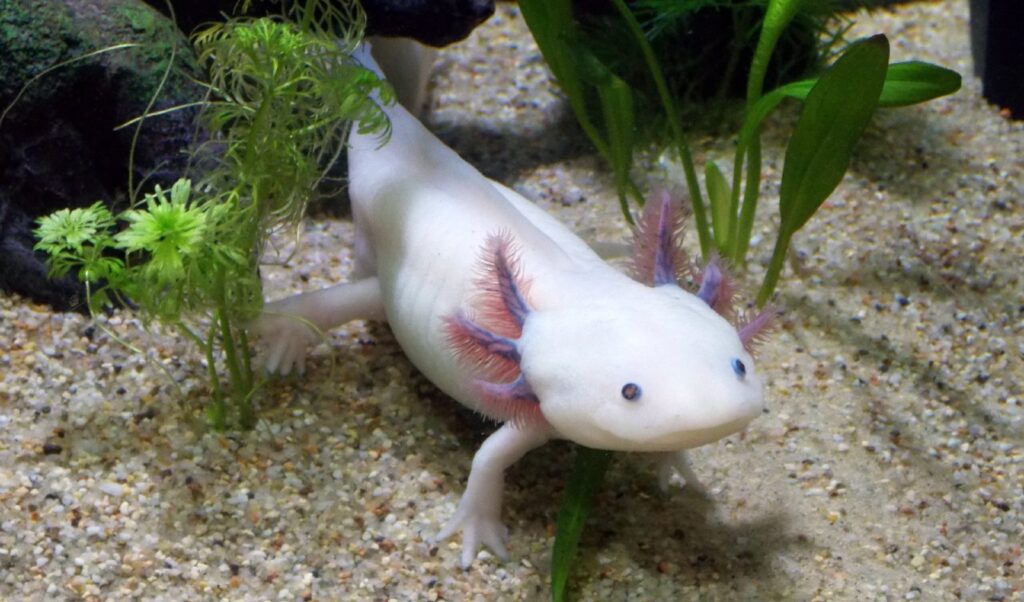
Fish:
Albino Catfish:
Albino catfish, like albino Corydoras catfish, have white or pale scales and pink or red eyes. They are commonly kept in aquariums.

Albino Rainbow Trout:
Albino rainbow trout have a lack of typical trout pigmentation and are often stocked in fishing ponds.
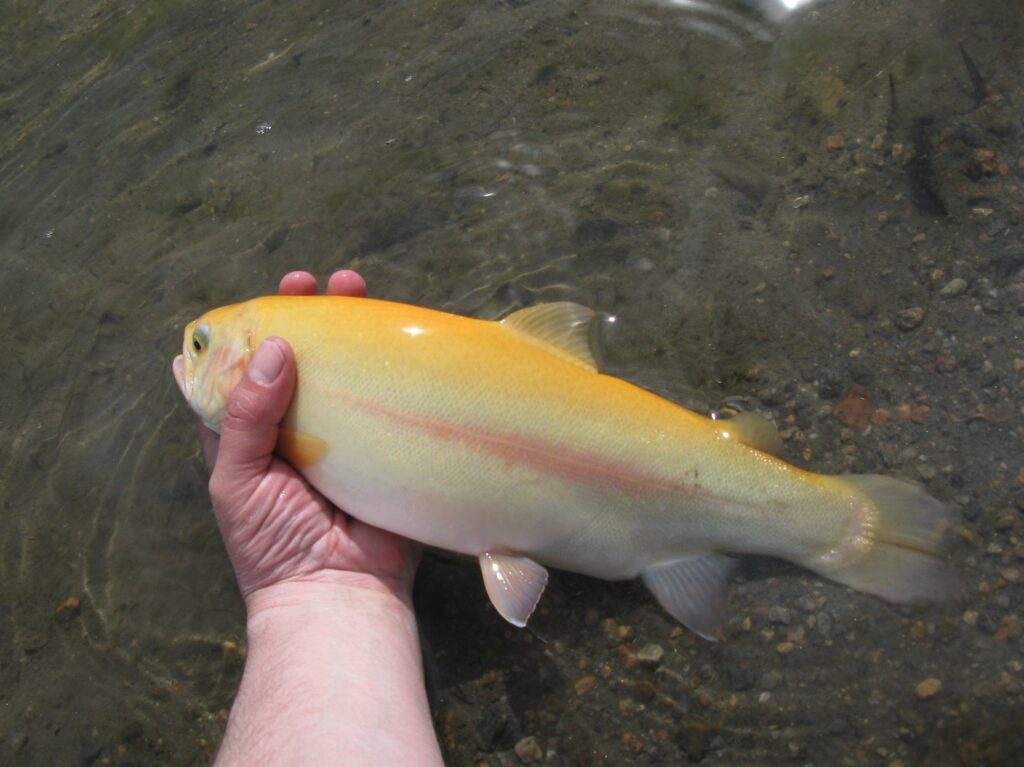
Insects:
Albino Insects:
Albino insects can occasionally be found, although they are less commonly observed. These insects lack typical pigmentation and may have pale or translucent exoskeletons.
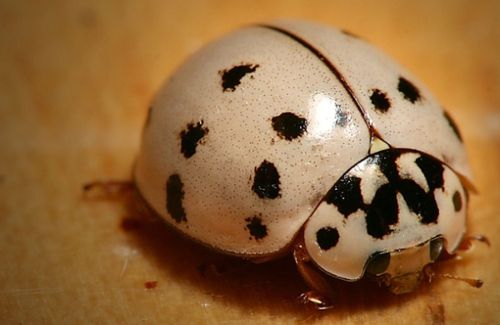
Marine Animals:
Albino Sharks:
Some albino sharks have been reported, with pale skin and pink eyes. These cases are extremely rare and not well-documented.

It’s important to note that while albinism is a genetic condition resulting in a lack of melanin production, some of the examples mentioned, such as white tigers and some bald eagles, are not true albinos but instead exhibit other forms of genetic mutations or conditions like leucism. Nonetheless, these examples illustrate the wide range of animals across different taxa that can exhibit reduced pigmentation due to genetic factors.
34 thoughts on “Albinism”
So well-coordinated!
I adore reading and I conceive this website got some really useful stuff on it! .
This site is really a walk-via for the entire information you needed about this and didn’t know who to ask. Glimpse right here, and you’ll undoubtedly uncover it.
I think you have remarked some very interesting points, thankyou for the post.
very interesting subject , outstanding post.
A great post without any doubt.
A great post without any doubt.
Nice i really enjoyed reading your blogs. Keep on posting. Thanks
Thank you for sharing indeed great looking !
A great post without any doubt.
Thank you so much for sharing this wonderful post with us.
Thank you so much for sharing this wonderful post with us.
A great post without any doubt.
Thank you so much for sharing this wonderful post with us.
Nice i really enjoyed reading your blogs. Keep on posting. Thanks
The information shared is of top quality which has to get appreciated at all levels. Well done…
Nice i really enjoyed reading your blogs. Keep on posting. Thanks
Thank you for sharing indeed great looking !
Nice i really enjoyed reading your blogs. Keep on posting. Thanks
Nice i really enjoyed reading your blogs. Keep on posting. Thanks
A great post without any doubt.
Thank you so much for sharing this wonderful post with us.
Thank you for sharing indeed great looking !
Nice i really enjoyed reading your blogs. Keep on posting. Thanks
Its like you read my mind! You seem to know a lot about this, like you wrote the book in it or something. I think that you can do with some pics to drive the message home a bit, but other than that, this is fantastic blog. An excellent read. I’ll certainly be back.
Your idea is outstanding; the issue is something that not enough persons are speaking intelligently about. I’m very happy that I stumbled throughout this in my seek for one thing regarding this.
The information shared is of top quality which has to get appreciated at all levels. Well done…
Thank you for sharing indeed great looking !
Nice i really enjoyed reading your blogs. Keep on posting. Thanks
Your blog is a beacon of light in the often murky waters of online content. Your thoughtful analysis and insightful commentary never fail to leave a lasting impression. Keep up the amazing work!.
Some truly nice and utilitarian info on this website , as well I think the layout has got excellent features.
Spot on with this write-up, I truly feel this web site needs far more attention. I’ll probably be returning to read more, thanks for the info.
I’m really inspired with your writing abilities as neatly as with the formatto your weblog. Is that this a paid topic or did you customize it yourself?Anyway keep up the nice quality writing, it’s uncommon to looka great blog like this one nowadays..
Very informative and well-written. Keep it up!